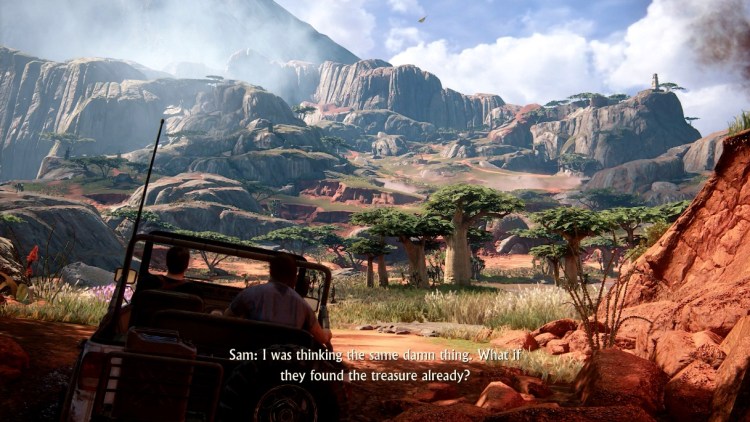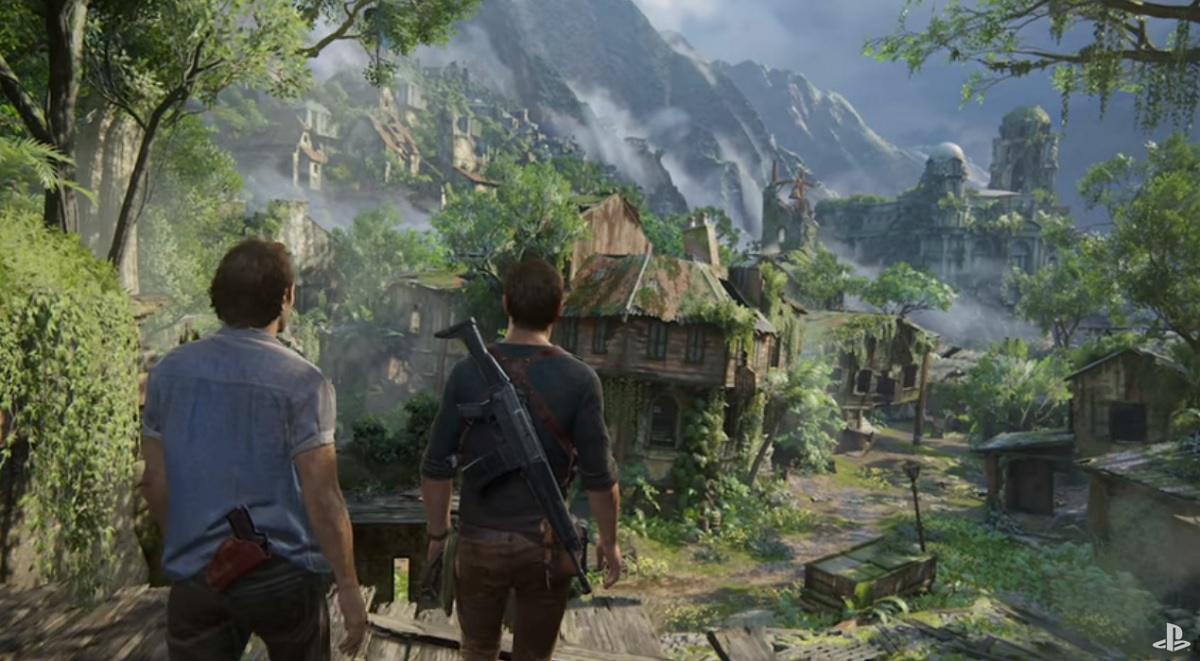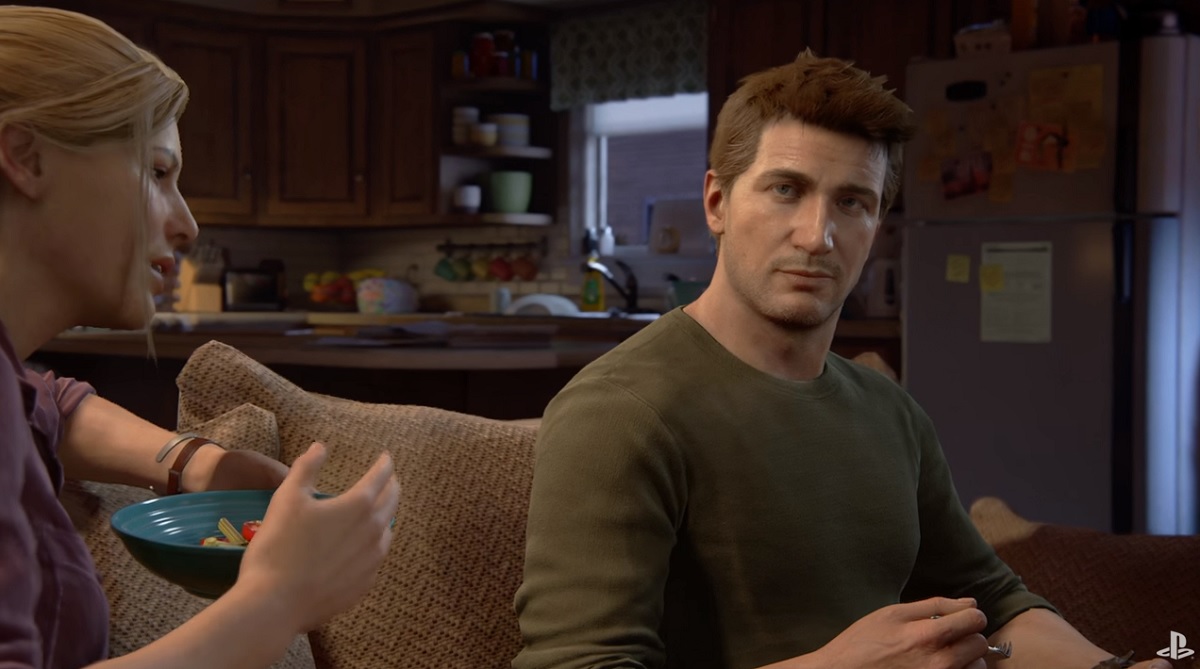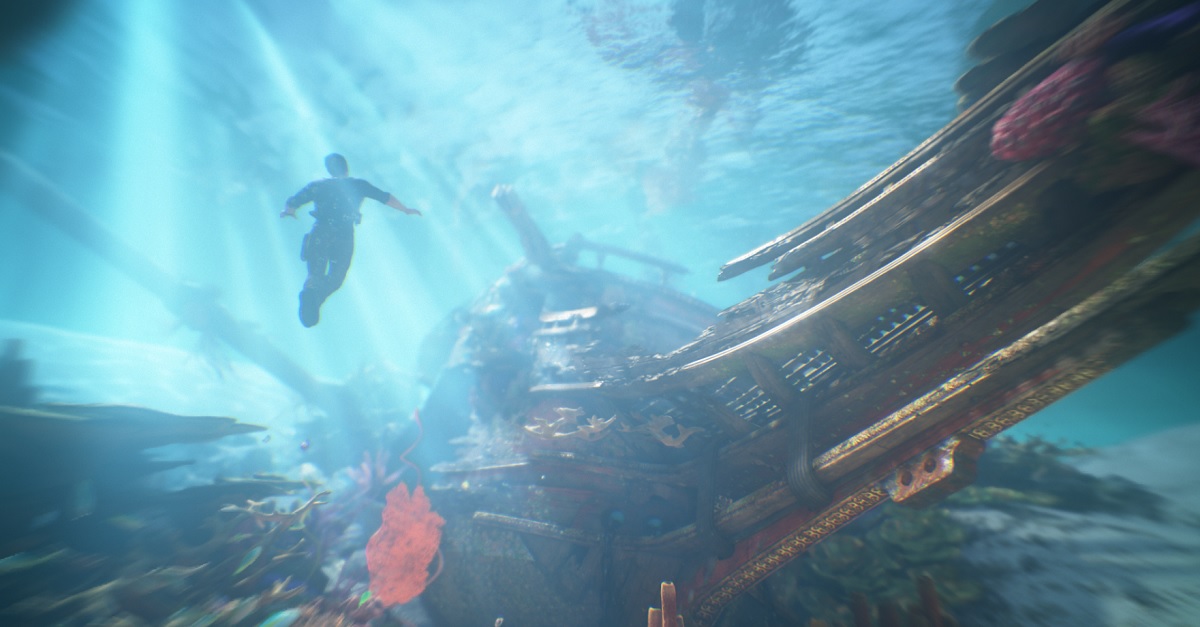Uncharted 4: A Thief’s End is one of the best-looking console games of all time. Now you can understand why.
Specifically, you can learn why the action-adventure game for the PlayStation 4 has such stunning environments. Places from tropical islands to laundry rooms are full of detail in developer Naughty Dog’s newest game. That’s thanks to a talented team of artists and engineers at the studio.
GamesBeat interviewed Uncharted 4’s lead environment artist Tate Mosesian and environment artist Rogelio Olguin about Naughty Dog’s process for creating those beautiful locations.
GamesBeat: Maybe this question is too vague to answer, but why does Uncharted 4 look so much better than any other console game?
Tate Mosesian: This is a subjective question. I’m sure there are many people who would disagree. However, I think it’s fair to say that Uncharted 4 is one of a handful of current gen games that have set the bar for what a realistically rendered game can look like.
I’ve been a texture artist at Naughty Dog for 15 years. The intensity and passion we all put into creating the best looking games we can has always been part of the studios DNA, and with each new game we challenge ourselves to raise the bar. There are many elements that come together to create a game as beautiful as Uncharted 4. However, I’m a texture artist so I’m going to focus on the role textures and materials play in the pursuit of beautiful graphics.
When we started developing Uncharted 4 for the PS4 we chose to build our new render engine around the principles of Physically Based Rendering (PBR). More importantly, Naughty Dog has always been about handcrafted graphics, and we were going to continue in that tradition with Uncharted 4. The trick was to integrate the artistry of handcrafted assets with the rigid requirements of PBR.
A primary component of the PBR pipeline is textures and materials, and it is critical that the material parameters are correct for achieving a believable and consistent response from lighting. This meant that we needed to find new methods for generating vast amounts of content of the kind required to feed a PBR pipeline and at the same time maintain the unique quality of the handcrafted look that we are known for.
Early on in our research we connected with Allegorithmic (creator of the texturing application Substance) and together we began working on developing a texture/material workflow that would meet the PBR requirements as well as complement our established methods and allow us to continue to be creative and artistic.
I am a believer that if you give great artists the freedom to be creative and provide them with the tools they need to do their best work you will get the best results ,and if a particular tool yields consistent great results, artists will gravitate to it naturally over time. That’s the approach we took in-house with Substance Designer and Substance Painter.
We took a slightly different approach with our outsource pipeline because we needed to ensure consistent and predictable results across several external studios. So we created a more “black box” approach for the outsource vendors. That’s one of the great features of Substance Designer. Its versatility allowed us to tailor the workflow to meet challenges both internally and externally and the two pipelines integrate relatively seamlessly.
Rogelio Olguin: The quickest way to explain would be through our aesthetics. The Uncharted series and the games that are created at Naughty Dog have a strong sense of aesthetics. We strive for something beyond the raw data of what a texture is or any asset in-game.
We, as artists and designers, strive for something more, the intangible sense of the sublime. I think at the core that is why our games look better because we have a reason behind each asset placed in the world like a rock, phone, or trashcan. Our games are story oriented, and because of that we add as much depth as possible when it comes to the macro and micro of our environmental storytelling that may or may not even add anything to the greater story.
A simple example is like in prologue orphanage chapter with young Nathan Drake you will see a magnet alphabet with one missing letter “Y”. If you explore around you will find it. This small story element adds a playfulness of either a kid in the orphanage who did not return the alphabet letter back to place as asked by the nuns or teacher, hence the written marker “Y” with the question mark next to it. This is a tiny detail that adds nothing to the game, but it creates a sense of place and prior events.
I think this is why Naughty Dog games tend to have that feeling of being “better”, if you were to compare to other game assets in a vacuum you would see that Naughty Dog assets are usually at least of the same level of most other games. We are more interested in telling stories and when it comes to environmental scenes we want to make sure all sections are balanced in a harmony of special form and storytelling.




